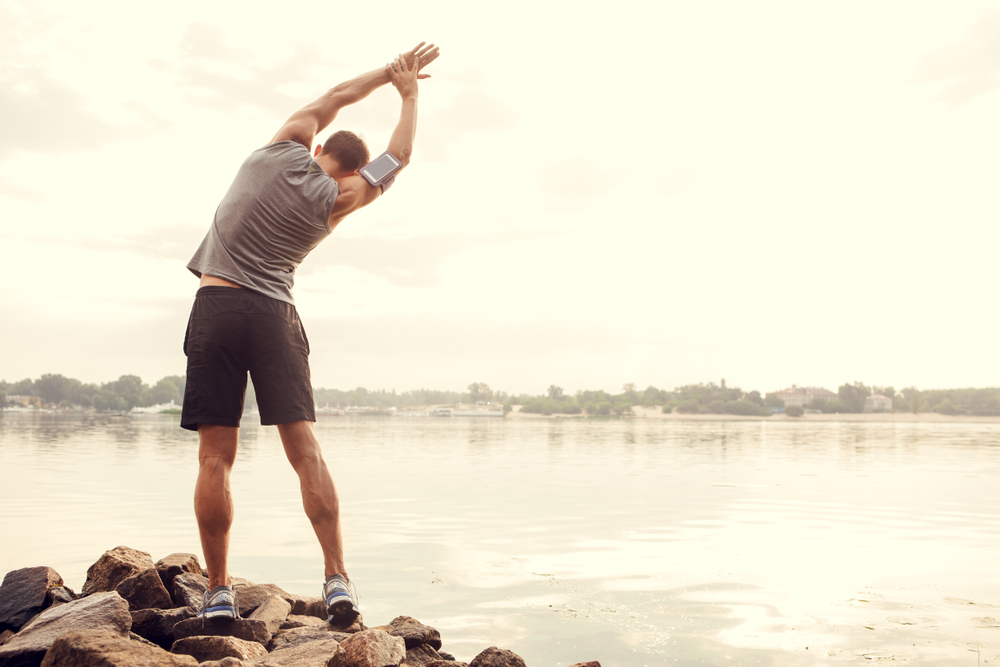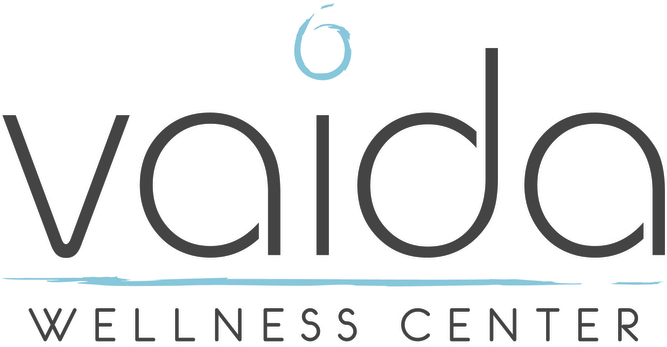
What is Flexibility?
Flexibility is the range of motion around a joint. The degree of an individual’s flexibility is affected by many factors, including genetics, lifestyle, and overall health. For example, people who are sedentary ( inactive) are likely to experience greater stiffness and reduced flexibility compared to those who exercise regularly.
Likewise, individuals with conditions that cause inflammation or damage joints, muscles, or connective tissue (such as rheumatoid arthritis) are also more likely to experience decreased levels of flexibility.
What Are the Benefits of Maintaining Flexibility?
Maintaining good flexibility has a number of benefits, including:
- Improved range of motion
- Reduced risk of injury
- Better posture
- Decreased lower back pain
- Improved circulation
- Improve your performance in physical activities
- Decrease your risk of injuries
- Increase muscle blood flow
- Enable your muscles to work most effectively
- Improve your ability to do daily activities
What are the Benefits of Stretching?
Stretching helps lengthen muscles and improve the range of motion. A regular stretching routine (via exercises, Yoga, or Pilates can help you stay flexible as you age. Without regular stretching, your muscles can shorten and become tight. Then, when you call on the muscles for activity, they are weak and unable to extend all the way.
There are various stretching routines, such as dynamic, static, and ballistic stretches.
- Dynamic Stretching is a type of stretching that uses momentum to move your body through a full range of motion. It’s often used as part of a warm-up routine before physical activity. Common dynamic stretches include leg swings, arm circles, and trunk twists.
- Static Stretching is a type of stretching that involves holding a position for an extended period of time. It’s often done after physical activity to help cool down the muscles. Common static stretches include hamstring stretches, quadriceps stretches, and chest stretches.
- Ballistic Stretching is a type of stretching that uses quick, bouncing movements to force the body beyond its normal range of motion. It’s not recommended for people who are new to stretching or have limited flexibility. Common ballistic stretches include leg swings and trunk twists.
Ideally, at least 30 minutes, three times per week, should be spent on flexibility training. But even five minutes of stretching at the end of an exercise session is better than nothing to reduce potential muscle soreness. Adding resistance bands to your stretching routine can help deepen stretches. They can also be used to add additional resistance to your current workouts.
How Chiropractic Care Can Help You With Your Flexibility
At Vaida Wellness, we offer a 15-minute additional stretch session, which allows us to offer a longer appointment focused on passive stretching of tight muscles. Passive movement often allows your body to relax more, allowing you to get a deeper stretch.
Chiropractic care can also help improve flexibility by mobilizing any joints that are “stuck” through gentle, specific adjustments. Give us a call or schedule an appointment via our online scheduler. Dr. Rachael facilitates the stretching sessions and would love to support you and help you get your S-T-R-E-T-C-H on.
